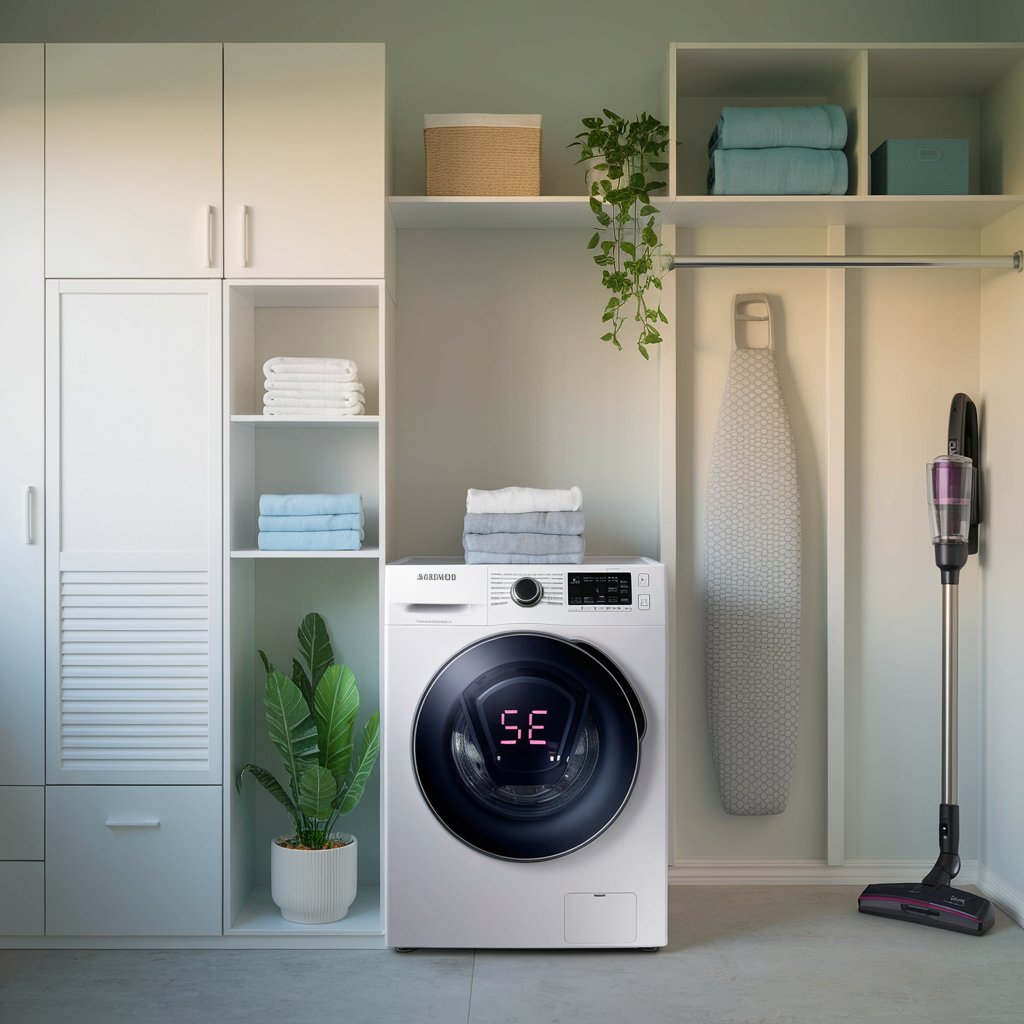Experiencing a fridge power failure can be a frustrating ordeal, leading to potential food spoilage and unnecessary stress. Understanding the root causes of refrigerator power issues is essential for quick troubleshooting and resolution. In this comprehensive guide, we’ll explore ten common reasons for a refrigerator’s loss of power and provide practical refrigerator repair tips to get your appliance back up and running.
1. Power Outage
Symptom: The entire house is without electricity, affecting all appliances, including the fridge.
Solution:
- Check with neighbors or your local utility company to confirm if there’s a widespread power outage.
- If the outage is confined to your home, inspect your main electrical panel for tripped circuit breakers or blown fuses. Reset any tripped breakers and replace blown fuses as needed.
- Once power is restored, monitor your fridge to ensure it resumes normal operation. If it doesn’t, further investigation is required to pinpoint the issue.
2. Tripped Circuit Breaker
Symptom: The fridge is not working, but other appliances are operational.
Solution:
- Locate your home’s circuit breaker panel and identify the breaker associated with your refrigerator. If it’s in the “Off” position or midway between “On” and “Off,” it has likely tripped.
- Reset the breaker by switching it fully to the “Off” position, then back to “On.”
- If the breaker trips again soon after resetting, there may be an electrical issue within the fridge or your home’s wiring. Consult an electrician or a qualified appliance repair technician for further assistance.
3. Blown Fuse
Symptom: The refrigerator has no power, and the circuit breaker hasn’t tripped.
Solution:
- Check your home’s fuse box for any blown fuses. A blown fuse will typically have a broken wire visible through the glass casing or may appear discolored.
- Replace the blown fuse with a new one of the same amperage rating.
- If the new fuse blows shortly after replacement, this indicates a more severe electrical problem that requires professional attention.
4. Faulty Power Outlet
Symptom: The fridge shows no signs of life, even though the power supply seems fine.
Solution:
- Unplug the fridge and plug in a different appliance, like a lamp or a toaster, to test the outlet. If the second appliance doesn’t work, the outlet is likely the issue.
- Use a multimeter to test the voltage of the outlet if you’re comfortable with electrical work. If the reading is significantly lower than the standard voltage in your area, the outlet may be faulty.
- Contact an electrician to repair or replace the defective outlet. Once fixed, plug your fridge back in to see if it powers on.
5. Overloaded Power Strip or Extension Cord
Symptom: The refrigerator is plugged into a power strip or extension cord and is not receiving power.
Solution:
- Unplug the fridge from the power strip or extension cord and plug it directly into a wall outlet. Power strips and extension cords can sometimes fail or may not provide sufficient power for a high-energy appliance like a refrigerator.
- If the fridge works when plugged directly into the wall, replace the power strip or extension cord with a higher-rated one or continue using the wall outlet.
- Avoid using extension cords as a permanent solution for powering your fridge, as they can pose a fire hazard and may not deliver consistent power.
6. Defective Power Cord
Symptom: The fridge’s power cord is damaged, frayed, or shows signs of wear.
Solution:
- Inspect the power cord for any visible damage. If you find any cuts, frays, or exposed wires, the cord needs to be replaced.
- If you’re comfortable with DIY repairs and your fridge’s power cord is detachable, purchase a replacement cord from the manufacturer or an appliance parts store and follow the instructions to install it.
- For non-detachable cords or if you’re unsure about the replacement process, contact a professional appliance repair service to handle the replacement safely.
7. Faulty Door Switch
Symptom: The fridge’s interior light doesn’t turn on when the door is opened, indicating a potential issue with the door switch.
Solution:
- Test the door switch by pressing it manually. If the interior light doesn’t turn on, the switch may be faulty.
- Use a multimeter to check the continuity of the switch. If there’s no continuity, the switch needs to be replaced.
- Replacing a door switch is a relatively simple task that can be done with basic tools. However, if you’re not comfortable with the process, seek professional assistance.
8. Thermostat Issues
Symptom: The fridge is not cooling properly or seems to have no power, which could be due to thermostat problems.
Solution:
- Check the thermostat settings to ensure they’re set correctly for cooling. Sometimes, the thermostat may accidentally be turned off or set to a warmer temperature.
- If adjusting the settings doesn’t resolve the issue, test the thermostat with a multimeter for continuity. If there’s no continuity, the thermostat needs to be replaced.
- Replacing a fridge thermostat can be a bit more complex and may require professional help, especially for models with digital thermostats.
9. Compressor Problems
Symptom: The fridge is silent, and there’s no sound of the compressor running, indicating a possible compressor issue.
Solution:
- The compressor is a critical component of your fridge, and issues with it can lead to a complete loss of cooling and power.
- Check if the compressor is overheating by touching it carefully. If it’s hot to the touch, unplug the fridge and let it cool down for a few hours before plugging it back in.
- If the compressor still doesn’t start, it may be faulty and require replacement. Compressor repairs are complex and should be handled by a professional appliance repair technician.
10. Control Board or Electronic Control Panel Failure
Symptom: The fridge’s electronic control panel is unresponsive, or the fridge is not functioning correctly despite having power.
Solution:
- Reset the control board by unplugging the fridge for a few minutes and then plugging it back in. This can sometimes resolve minor glitches.
- If the problem persists, the control board or electronic control panel may be faulty and need replacement. This is a more advanced repair and should be carried out by a qualified technician to ensure it’s done correctly and safely.
In conclusion, diagnosing and fixing a fridge with no power requires a systematic approach to identify and address the underlying issue. Whether it’s a simple fix like resetting a circuit breaker or a more complex repair like replacing the compressor, understanding these common fridge issues can help you take the right steps to get your refrigerator running smoothly again. Remember, when in doubt or if you’re dealing with high-voltage components, it’s always best to consult with or hire a professional appliance repair service to ensure your safety and the proper functioning of your fridge.


